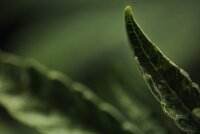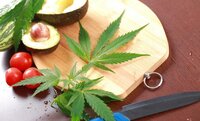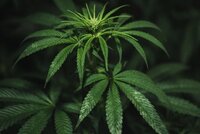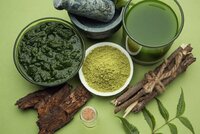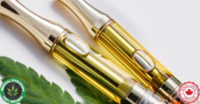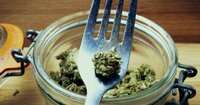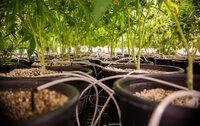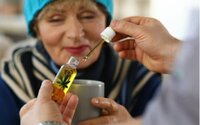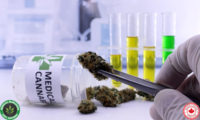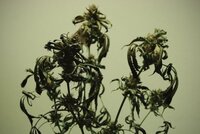- Thread starter
- #381
DrCannaCanadian
Well-Known Member
Hello 420!!!
The good news is both Seedsman Peyote WiFis are still growing strong!!!
However, the Dark Side is doing its crappy job and really ticking me off!!!
Emperor Sidious and Darth Maul are literally runts - slow growing & low quality genetics - weak plants take so long to recover from HST!!! Grrrr!!!
We are pretty confident that they will be very difficult to keep healthy going forward - because weak plants are susceptible to disease!!! Grrrr!!!
There are just so many reasons to cull weak phenos - but hey, as long as they smell like tangerine (Fruity - Terpinolene terpene), they get to stay alive!!!
Nevertheless, Emperor Sidious and Darth Maul got some LST to help spread out their growth nodes. Here's a quick video on that:
2020-02-22: Cannabis Low Stress Training (LST) In Veg
We do some Low Stress Training (LST) on the cannabis plants that were recently bowled using...
Emperor Sidious and Darth Maul should be fully recovered and have a solid canopy by February 26, 2020.
Therefore, we will flip to 12-12 on February 26, 2020.
At this point we only want to grow verified high quality seeds in coco coir/perlite - that is, my growing in soil with bag seed has officially come to an end!
And here they are, the Seedsman Jedis and the Bag Seed Dark Side getting ready for the flip to 12-12:
Dagobah Frost Forest - Group Photo
Group Photo - Veg Day 42
Dagobah Frost Forest - Princess Leia
Peyote WiFi - Coco/Perlite - Veg Day 42
Dagobah Frost Forest - Obi-Wan Kenobi
Peyote WiFi - Coco/Perlite - Veg Day 42
Dagobah Frost Forest - Emperor Sidious
Tangie Cookies - Coco/Perlite - Veg Day 42
Dagobah Frost Forest - Darth Maul
Tangie Cookies - Coco/Perlite - Veg Day 42





